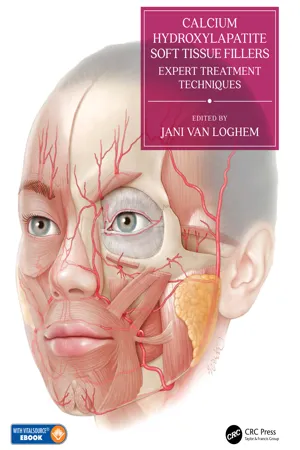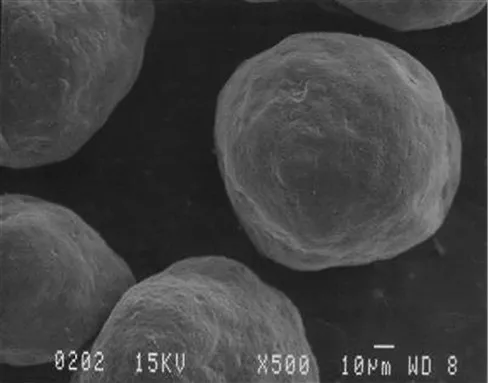
- 183 pages
- English
- ePUB (mobile friendly)
- Available on iOS & Android
About this book
Calcium Hydroxylapatite: Expert Treatment Techniques is a hands-on reference book, created with the input of the world's leading experts on the use of this leading biostimulatory soft tissue filler. It can be used by all aesthetic medical professional injectors to study the relevant anatomy, aesthetic target sites, and injection techniques and to review the safest and most effective treatment protocols available for this versatile product. As a training aid the book contains multiple photographic sequences as well as schematic diagrams to help in clarifying the proposed techniques. The book includes not only the official on-label indications; various international experts also share their ways of tweaking the standard protocols and their innovations. There are links to procedural videos in the companion site accessed via our Instructor & Student Resources tab.
Frequently asked questions
- Essential is ideal for learners and professionals who enjoy exploring a wide range of subjects. Access the Essential Library with 800,000+ trusted titles and best-sellers across business, personal growth, and the humanities. Includes unlimited reading time and Standard Read Aloud voice.
- Complete: Perfect for advanced learners and researchers needing full, unrestricted access. Unlock 1.4M+ books across hundreds of subjects, including academic and specialized titles. The Complete Plan also includes advanced features like Premium Read Aloud and Research Assistant.
Please note we cannot support devices running on iOS 13 and Android 7 or earlier. Learn more about using the app.
Information
1
RADIESSE®
The story of calcium hydroxylapatite
Oumama Draoui, Jani van Loghem, Wouter J. Peeters, and Pieter Siebenga
The history
Background
The science
The CaHA microspheres

Table of contents
- Cover
- Half Title
- Title Page
- Copyright Page
- Contents
- Preface
- Contributors
- Videos
- 1. The story of calcium hydroxylapatite
- 2. The upper third of the face: Forehead lift, cannula technique
- 3. The upper third of the face: Frontal concavity
- 4. The upper third of the face: Temporal hollows
- 5. The upper third of the face: Lateral brow lift
- 6. The upper third of the face: Frontal bossing, male
- 7. The upper third of the face: Horizontal forehead lines
- 8. The upper third of the face: Temporal crest smoothing
- 9. The middle third of the face: Cheek augmentation
- 10. The middle third of the face: Tear troughs
- 11. The middle third of the face: Palpebromalar groove
- 12. The middle third of the face: Nasolabial folds
- 13. The middle third of the face: Nose augmentation
- 14. The middle third of the face: Preauricular wrinkles
- 15. The middle third of the face: Accordion lines
- 16. The lower third of the face: Prejowl sulcus and marionette lines
- 17. The lower third of the face: Oral commissures
- 18. The lower third of the face: Radial lip lines
- 19. The lower third of the face: Mentum augmentation
- 20. Mentum crease
- 21. The lower third of the face: The mandibular angle and jawline
- 22. The lower third of the face: Masseter augmentation in men
- 23. Neck and chest: Neck rejuvenation
- 24. Neck and chest: Horizontal neck lines
- 25. Neck and chest: Skin rejuvenation of the décolletage
- 26. Neck and chest: Skin rejuvenation of the breast
- 27. Neck and chest: Rejuvenation of abdominal skin
- 28. Neck and chest: MesoCaHA for cheeks, neck, and décolletage
- 29. Extremities: Correction of skin laxity of the upper arms
- 30. Extremities: Hands
- 31. Extremities: Elbow skin quality improvement
- 32. Extremities: Upper leg skin quality improvement
- 33. Extremities: Calf augmentation
- 34. Extremities: Foot rejuvenation
- 35. Intimate areas: Labia majora and mons pubis
- 36. Intimate areas: G-spot augmentation
- 37. Intimate areas: Buttocks
- 38. Penile augmentation
- 39. Complication management and prevention
- Index